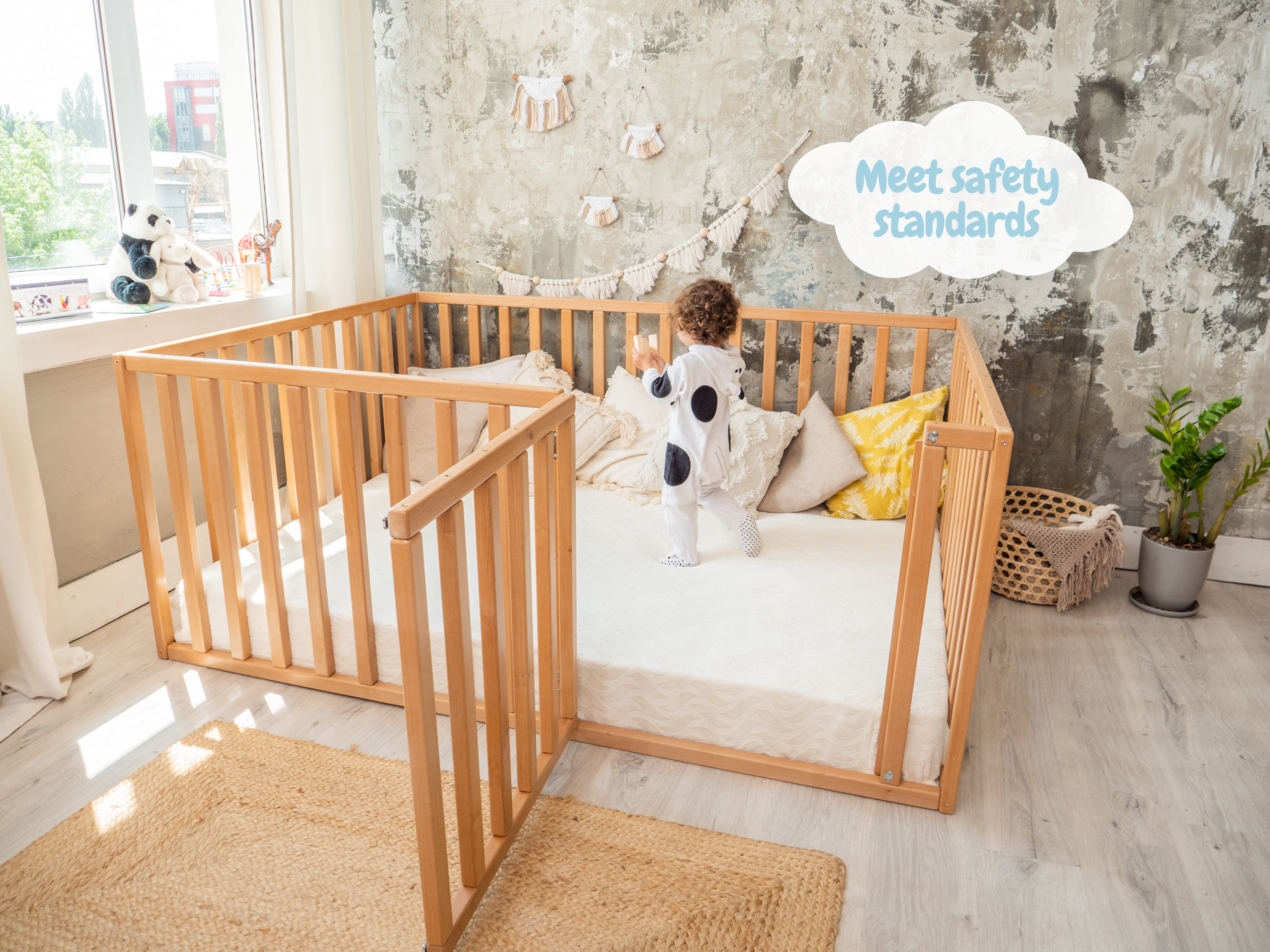
Baby Beds: A Comprehensive Guide for Parents
Introduction
The arrival of a new baby brings immense joy and excitement, but it also presents parents with a myriad of decisions to make. One of the most important choices is selecting a safe and comfortable bed for their little one. Baby beds come in various types, each with its own unique features and benefits. This comprehensive guide will delve into the different types of baby beds available, their safety considerations, and factors to consider when making a choice.
Types of Baby Beds
1. Cribs
Cribs are the most common type of baby bed, offering a safe and enclosed sleeping space for infants. They typically have slatted sides for ventilation and visibility, and come in various sizes and styles. Some cribs feature adjustable mattress heights to accommodate a growing baby.
2. Bassinets
Bassinets are smaller and more portable than cribs, making them ideal for newborns and babies who share a room with their parents. They are often equipped with wheels for easy movement and have a lower profile for easier access to the baby.
3. Cradles
Cradles are a traditional type of baby bed that gently rocks back and forth, providing a soothing motion for infants. They are typically made of wood or metal and have a curved base that allows for rocking.
4. Co-Sleepers
Co-sleepers are designed to attach to the parents’ bed, allowing the baby to sleep close to them while maintaining a separate sleeping space. They feature a side that can be lowered or removed for easy access to the baby.
5. Travel Cribs
Travel cribs are lightweight and portable, making them ideal for overnight trips or vacations. They are typically made of mesh or fabric and can be easily folded for storage and transportation.
Safety Considerations
When choosing a baby bed, safety should be the top priority. Here are some key safety considerations to keep in mind:
1. Mattress Firmness: The mattress should be firm enough to support the baby’s spine and prevent suffocation. Avoid soft or plush mattresses that can increase the risk of Sudden Infant Death Syndrome (SIDS).
2. Slat Spacing: The slats on the sides of the crib should be no more than 2 3/8 inches apart to prevent the baby’s head from getting stuck.
3. Height of Sides: The sides of the crib should be high enough to prevent the baby from climbing out. The recommended height is at least 26 inches from the top of the mattress to the top of the side rails.
4. Corner Posts: The corner posts of the crib should be no higher than 1/16 inch above the top of the side rails to prevent the baby from getting caught.
5. Lead Paint: Ensure that the crib is free of lead paint, which can be harmful to babies.
Factors to Consider When Choosing a Baby Bed
In addition to safety, there are several other factors to consider when choosing a baby bed:
1. Size: Choose a bed that is appropriate for the size of your baby and the space available in your home.
2. Style: Baby beds come in a wide range of styles, from traditional to modern. Consider the décor of your nursery when making a choice.
3. Features: Some baby beds offer additional features such as adjustable mattress heights, storage drawers, or built-in changing tables. Consider which features are important to you.
4. Budget: Baby beds can vary in price depending on the type, size, and features. Set a budget before you start shopping to narrow down your options.
5. Durability: Choose a bed that is made of durable materials and is likely to withstand the wear and tear of a growing baby.
6. Assembly: Consider the ease of assembly when choosing a baby bed. Some beds require minimal assembly, while others may be more complex.
7. Portability: If you plan to travel with your baby, consider a portable bed such as a travel crib or bassinet.
Conclusion
Choosing the right baby bed is an important decision that requires careful consideration of safety, size, style, features, budget, and durability. By following the guidelines outlined in this guide, parents can make an informed choice that will provide their little one with a safe and comfortable sleeping environment. Remember to prioritize safety above all else and consult with a healthcare professional if you have any specific concerns or questions.
